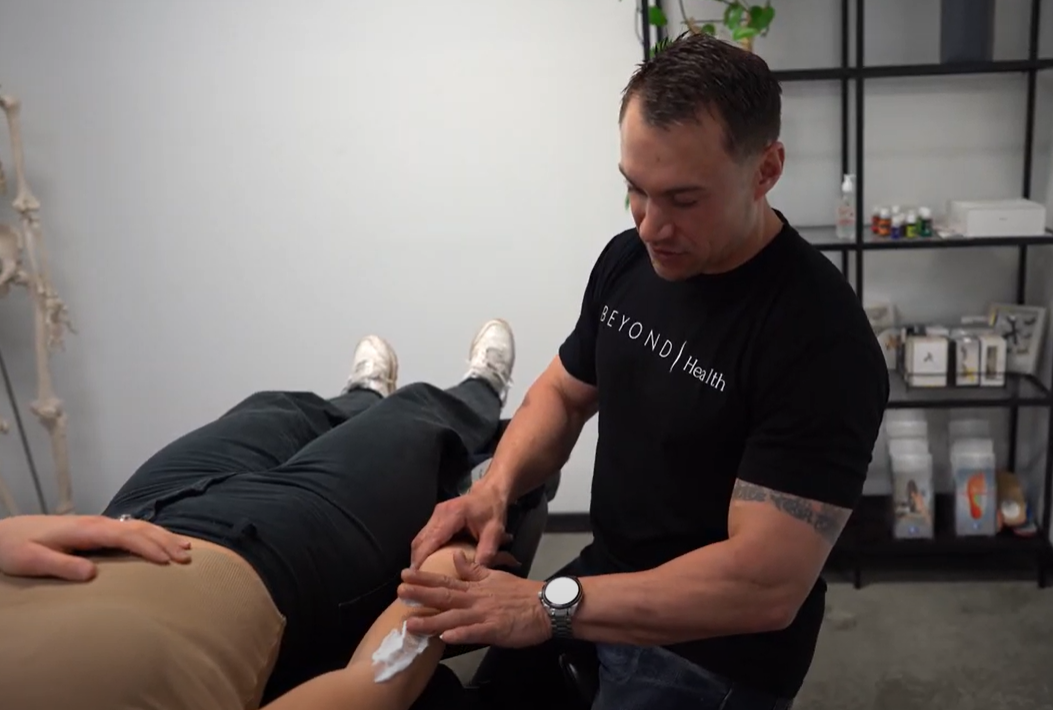
26 Mar Getting On Par With Golfer’s Elbow
What is Golfer’s Elbow?
Medial epicondylitis, also known as ‘golfer’s elbow’ is a painful condition that is caused by the accumulated damage and irritation of the tendons that attach to the inside of your elbow. These tendons connect to the muscles that travel down the forearm and connect to the wrist and fingers through other tendons. These tendons make it possible to grasp objects while both bending and twisting the wrist.
Similar to tennis elbow, golfer’s elbow and tennis elbow are both overuse injuries and forms of tendinitis, which is inflammation of the tendons. The primary difference between the two conditions is the location of the affected tendons. Golfer’s elbow, also known as medial epicondylitis, affects the tendons on the inside of the forearm and elbow. These tendons attach to the medial epicondyle, the bony bump on the inside of the elbow. The condition is caused by repetitive gripping or twisting motions, such as those used in golf, throwing, or gripping tools and can lead to chronic elbow pain.
Tennis elbow, also known as lateral epicondylitis, affects the tendons on the outside of the forearm and elbow. These tendons attach to the lateral epicondyle, the bony bump on the outside of the elbow. The condition is caused by repetitive gripping or lifting motions, such as those used in tennis, painting, or typing.
While the location of the affected tendons is the main difference between the two conditions, the symptoms are similar. Both conditions can cause pain, stiffness, and weakness in the affected arm, and can be treated with similar methods, such as rest, ice, and physical therapy. Golfer’s elbow affects less than 1% of people between the ages of 45 and 64. It is more commonly seen in women rather than men, with 90% of people who acquire this injury, developing it in non-sporting related activities. This injury is most commonly seen in a patient’s dominant arm, with symptoms arising from the inner elbow.
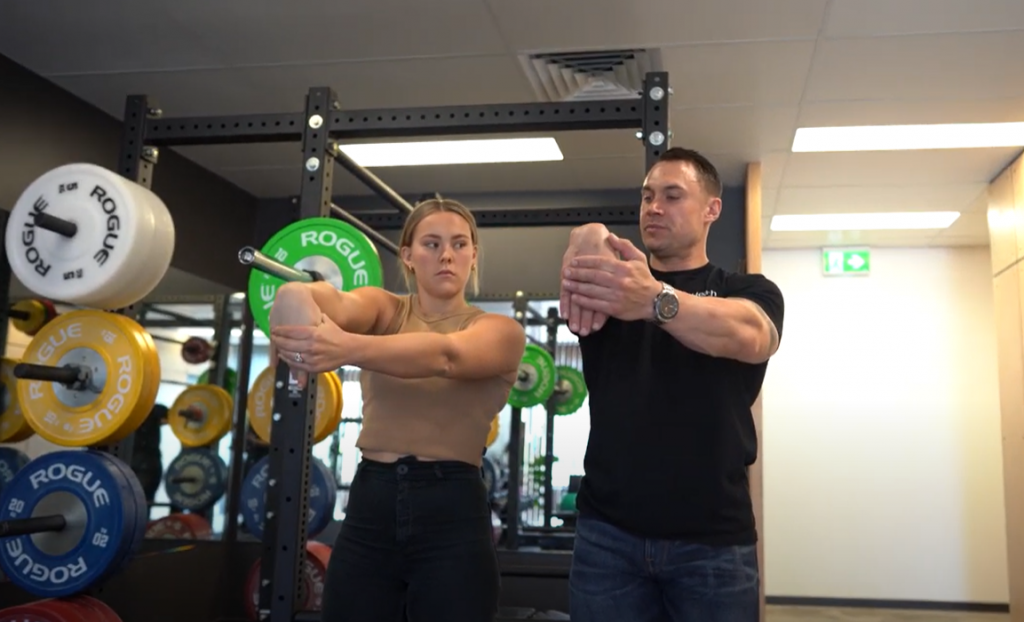
What causes Medial Epicondylitis?
Golfer’s elbow is caused by repetitive and possibly forceful gripping and twisting actions which subsequently cause damage to the tendons at the elbow. It may become harder to grip and hold things such as a golf club or tennis racquet. People will generally experience soreness or pain at the inside of the elbow, typically during or after physical activity. It is a type of tendonitis that irritates and inflames the tendons. Your tendons can develop microscopic tears that can cause pain in your wrist, elbow, and forearm when you use your arm and wrist frequently to bend, grip, or twist objects. Some common sports and activities which require a high degree of wrist flexion and can cause golfer’s elbow include:
- Golf- No surprise here as it is the sport after which medial epicondylitis was named.
- Tennis- Tennis players may develop golfer’s elbow due to repetitive gripping and twisting motions.
- Weightlifting- Curling weights puts a lot of strain on the forearm, which can lead to golfer’s elbow.
- Rock Climbing- Similar to weightlifting, rock climbing puts a lot of stress on the forearm muscles.
- Baseball- Throwing and pitching can strain on the forearm muscle and contribute to golfer’s elbow.
- Squash / Racquetball- Like tennis, racquetball involves repetitive gripping and twisting motions.
- Gardening- Regularly using gardening tools like a hoe or pruning shears can cause golfer’s elbow.
- Carpentry- Repeated use of power tools and hammers can strain the forearm muscles.
- Cooking- Constant chopping or stirring can contribute to golfer’s elbow.
Some factors that contribute to golfer’s elbow include things such as poor conditioning, lack of flexibility, not warming up properly before exercising, excessively using the joint without enough rest, and improper technique when lifting, throwing, and swinging. It is incredibly important to ensure you are warming up properly before exercise and are maintaining proper technique so that you can reduce the risk of injury.
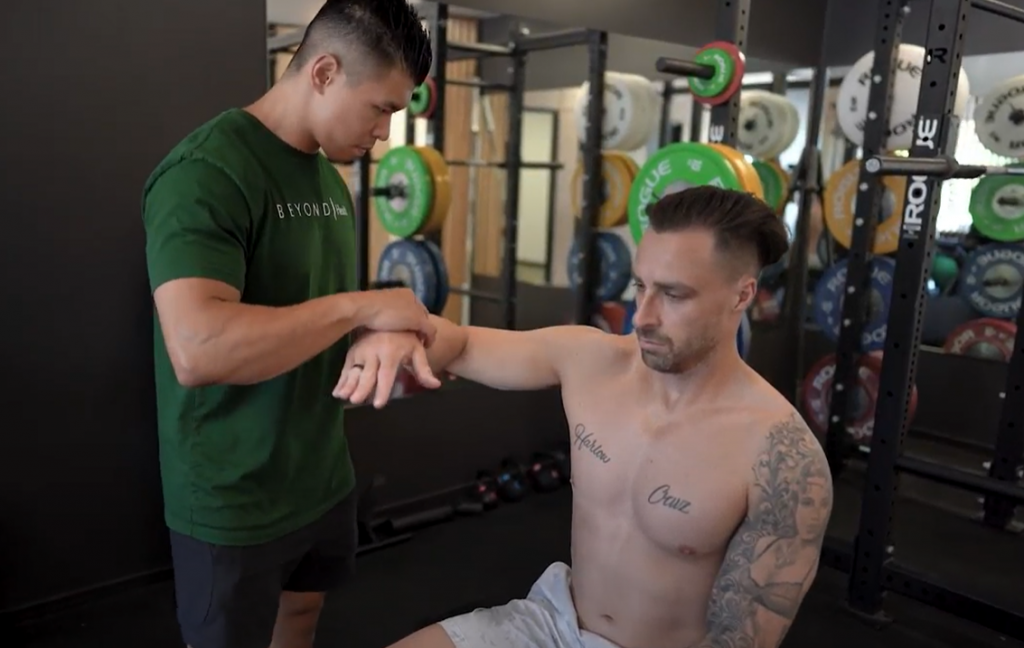
Golfer’s Elbow Symptoms
Some signs and symptoms to look out for if you have elbow pain and think it could be golfers elbow include:
- Pain on the inside of your elbow that worsens from only occurring from time to time, to interfering with daily activities.
- Stiffness of your elbow
- Decreased grip strength
- Numbness or tingling in the fingers
- Difficulty making a fist
- Pain that radiates down to the forearm
- Swelling and inflammation around the affected area.
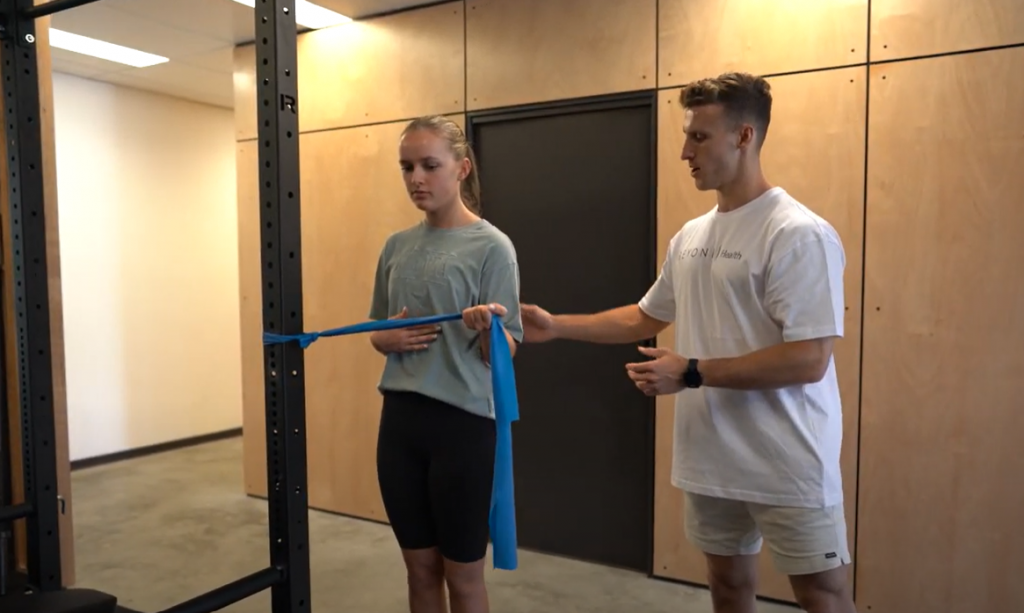
Treatment
There are several methods for treating golfer’s elbow:
- Rest and ice: Resting the affected arm and applying ice several times per day can help reduce inflammation and alleviate pain.
- Pain medication: Over-the-counter nonsteroidal anti-inflammatory drugs (NSAIDs) can help reduce pain and swelling.
- Physical therapy: An experienced physical therapist like a Beyond Health Chiropractor can perform exercises that can improve flexibility and strength in the affected arm, helping to reduce pain and improve function.
- Steroid injections: In severe cases, a steroid injection may be used to reduce inflammation and pain.
- Brace or splint: A brace or splint can help support the affected arm and reduce stress on the affected tendons.
- Surgery: In rare cases, surgery may be necessary to remove damaged tissue or repair a torn tendon.
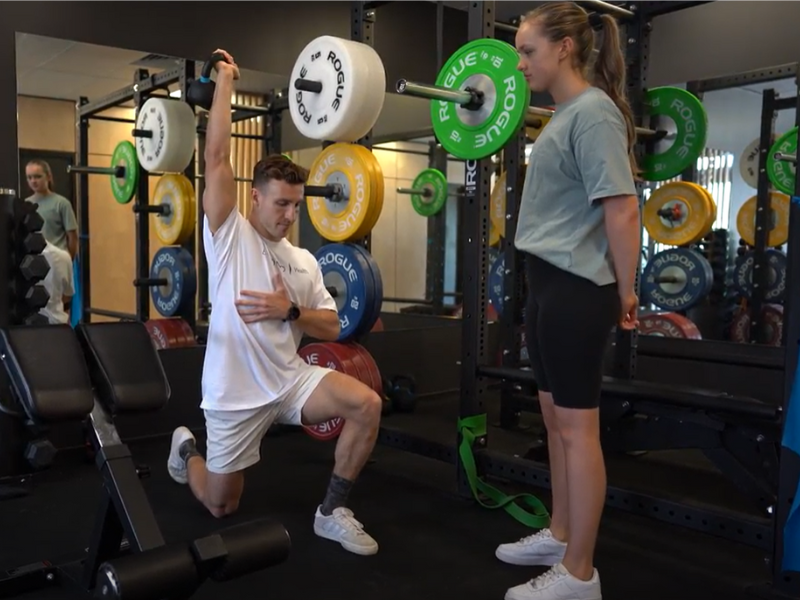
How can you prevent Golfer’s Elbow?
To prevent conditions such as golfer’s elbow it is important to take active steps, you can do this by,
- Strengthening exercises: You should do exercises regularly to build up your forearm muscles that help in supporting the tendons. This can help prevent further injury.
- Proper equipment: Make sure that your golf clubs fit are well-suited to your body size and skill level. This can help minimize stress on your tendons.
- Warm-up and cool-down: Before starting and after completing the golf game, perform some warm-up and cool-down exercises which can help reduce the stress and tension on your elbow.
- Proper swing technique: It is essential to have a proper swing technique to avoid unnecessary stress on the elbow. You should consult with a golf instructor who can help you to make sure that your swing technique is proper and not leading to injury.
- Take breaks: Take breaks between the golf game or other repetitive tasks to rest your arm and give your tendons enough time to relax and recover.
- Rest and ice: When you notice the initial symptoms of golfer’s elbow, rest your arm and apply ice to reduce inflammation and pain. Continuing to push through the pain may multiply the problem and lead to further damage.
- Seek treatment: If the pain persists, you should seek medical treatment to get relief from the pain and prevent further damage.
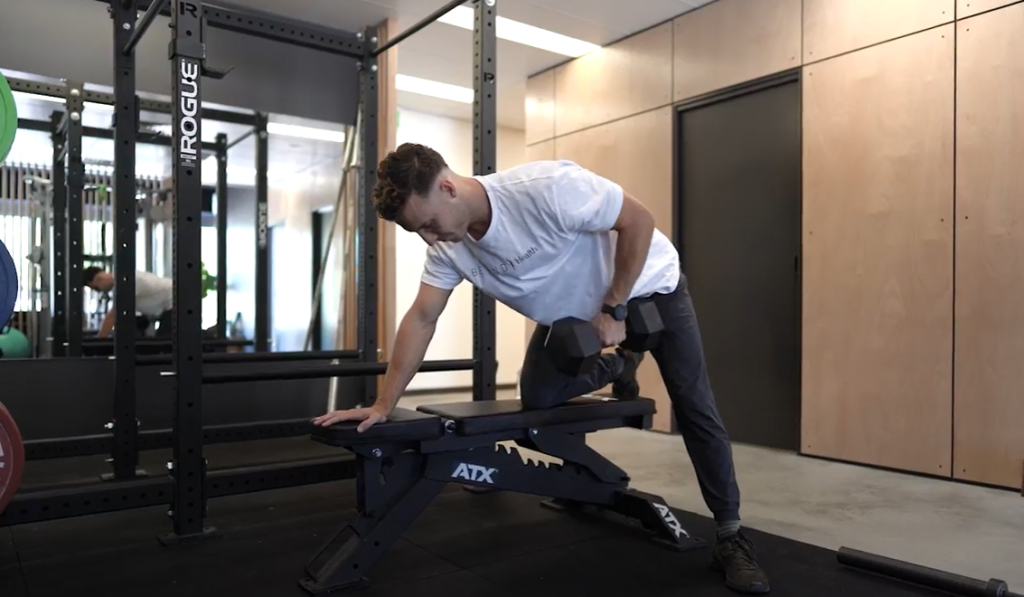
Getting on par with Golfer’s Elbow
The diagnosis of golfer’s elbow can typically be made with just a physical examination, though it can also be confirmed using ultrasound or MRI to look for any inflammation. It is important to consult with a qualified healthcare professional, such as a chiropractor or physician to determine the most appropriate treatment plan for your individual needs.
Here at Beyond Health, chiropractic treatment for golfer’s elbow may include a combination of manual therapies, such as soft tissue mobilisation, joint manipulation, and stretching exercises. Our team is dedicated to finding the right approach for you, however, it is important to note that chiropractic treatment should be used in conjunction with other conservative treatments, such as rest, ice, and immobilisation. In some cases, more aggressive treatments, such as corticosteroid injections or surgery may be necessary.
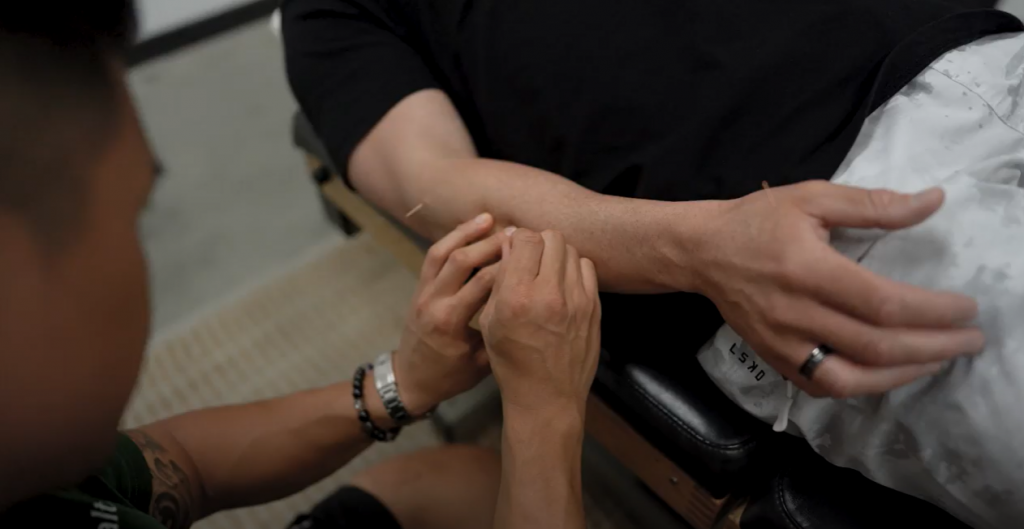






No Comments